-

Delta Plus FFP3 Disposable Dust Masks
£29.61Supplied in: Box of 10 -

JSP® Force 10 Full Face Respirator
£102.99Supplied in: Single -

Honeywell Standard RD40 Respirator Filters
From £16.99 To £50.99Supplied in: Single -

JSP® Force 8™ PressToCheck™ Half Mask and Filter Kits
From £29.55 To £35.99Supplied in: Single kit -

JSP® Force 10™ PressToCheck™ Full Mask and Filter Kits
From £99.32 To £104.00Supplied in: Single kit -

JSP® Powercap® Active™ Powered Respirator
From £410.99 To £464.99Supplied in: Single kit -

3M™ FFP3 Disposable Comfort Dust Masks
£54.10Supplied in: Pack of 10 -

JSP® PressToCheck™ Filters
From £17.24 To £20.95Supplied in: One pair -

JSP® Force Respirator Cartridge Filters Harness Fixing
From £9.99 To £15.99Supplied in: One pair -

3M™ Twin Lightweight Filters
From £69.49 To £138.59Supplied in: Pack of 8 -

JSP® FFP2 Standard Folding Masks
From £8.29 To £10.14Supplied in: Pack of 20 -
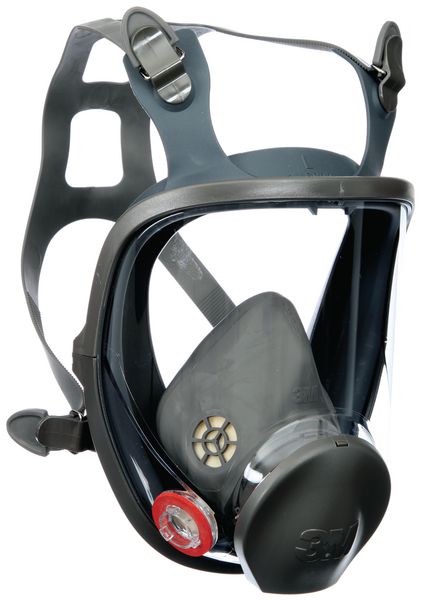
3M™ 6000 Series Full Face Respirator
£144.99Supplied in: Single -

JSP® Force 8 TPE Half-Face Black Respirator With Harness
£20.42Supplied in: Single -

Delta Plus Face Fit Testing Kit
£352.32Supplied in: Single kit -

3M™ Aura 9300 FFP3 Foldable Respirator Masks
£85.49Supplied in: Pack of 10 -

3M™ 6000 Classic Comfort Series Half Mask Respirator
£21.61Supplied in: Single -
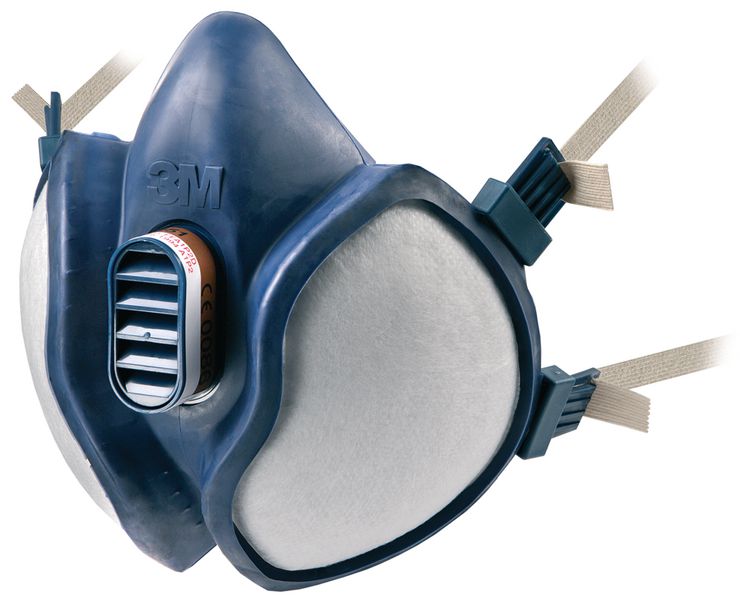
3M™ 4000® Respirators
From £26.76 To £37.71Supplied in: Single -

Honeywell Panoramasque Full Face Respirator
£208.99Supplied in: Single -
Promotion

3M™ Aura 9322+ FFP2 Foldable Respirator Masks
£35.73
£31.25
Supplied in: Pack of 10 -

Honeywell Optifit Full-Face Respirator Mask
£275.99Supplied in: Single -

JSP® Jetstream® Powered Respirator Kits
From £659.99 To £799.99Supplied in: Single kit -

JSP® Powercap® Active™ - Replacement Air Filters
£26.99Supplied in: Single Pair -

Economy FFP3 Valved Dust Mask
£15.99Supplied in: Pack of 5 -

North® N Series Respiratory Filters
£76.99Supplied in: Pack of 4 -
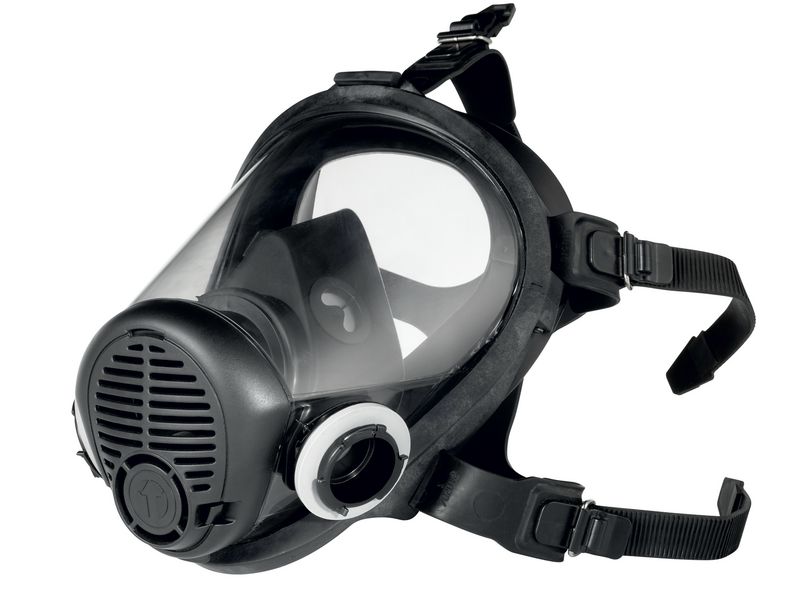
Honeywell Optifit Twin® Respirator Mask
£174.99Supplied in: Single -

Honeywell Superone Dust Masks - FFP2
From £33.99 To £42.99Supplied in: Pack of 30 -

JSP® Flexinet™ FFP3 Disposable Respirator Masks
£22.99Supplied in: Pack of 5 -

N7700 Respirator Masks
£32.99Supplied in: Single -
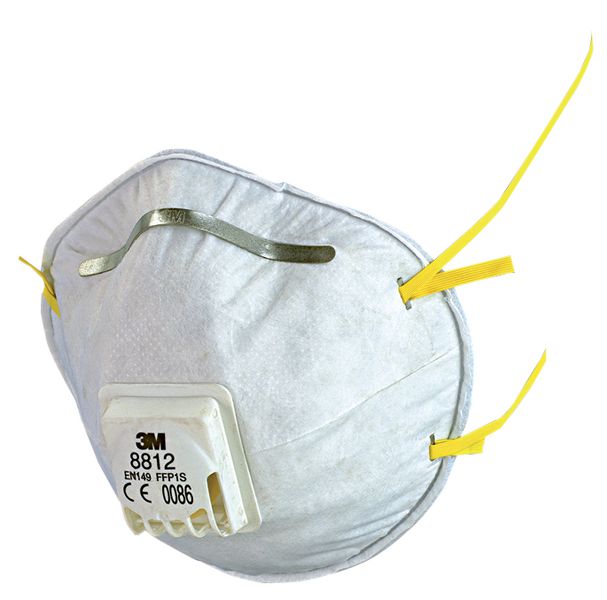
3M™ Dust Mask FFP1
From £18.61 To £18.67Supplied in: Pack of 10 -
Promotion
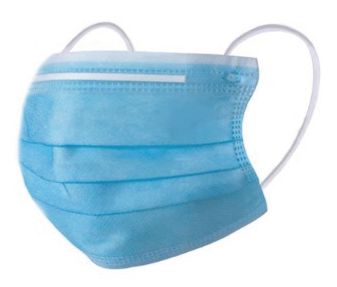
Surgical Masks Conforming to EN14683 Type II Pack of 50
£16.44
£5.00
Supplied in: Pack of 50 -

Ultimate Industrial FFP3 Mask
£54.84Supplied in: Pack of 10 -

3M™ 8000 FFP2 Premium Disposable Respirator Mask
£27.99Supplied in: Pack of 10 -

Delta Plus FFP2 Disposable Dust Masks
£19.77Supplied in: Box of 10 -

Honeywell™ ClickFit Respirator Filters
From £24.14 To £64.49Supplied in: Pair -
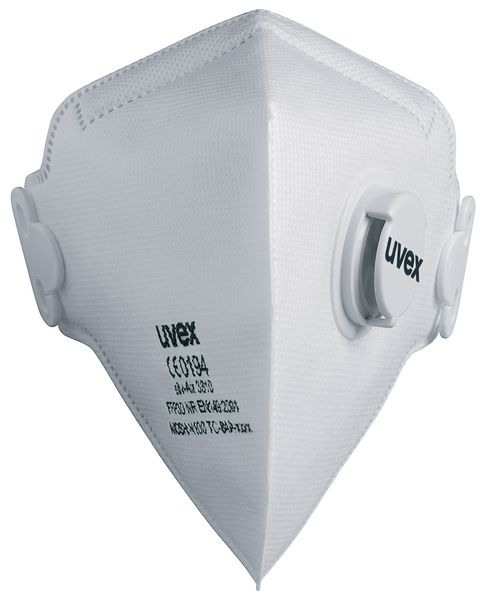
Uvex® silv-Air C - Flatfold Dust Masks FFP3
£74.79Supplied in: Pack of 15 -

JSP® Powercap® Active™ - Replacement Battery
£114.99Supplied in: Single -

JSP® Powercap® Active™ - Pre-Filter Pads
£12.99Supplied in: Pack of 10 -

JSP® Powercap® Active™ - Replacement Impact Visors
£34.99Supplied in: Single -

Honeywell Comfort Series 5000 Dust Masks FFP1
£14.64Supplied in: Pack of 20 -

FFP3 NR Valved Mask - 5pk
£31.26Supplied in: Pack of 5 -

Filters for Classic Monofilter Respirator
£72.99Supplied in: One pair -

Economy Mesh FFP3 Valved Dust Mask
£19.99Supplied in: Pack of 5 -

JSP® Force Respirator Pre-Filter Kit
£12.99Supplied in: Single kit -

Uvex® Silv-Air C - Cup Style Dust Masks FFP1
£27.99Supplied in: Pack of 20 -

Uvex® Silv-Air C - Cup Style Dust Masks FFP3
£88.99Supplied in: Pack of 15 -

Uvex® silv-Air C - Flatfold Dust Masks FFP2
£32.09Supplied in: Pack of 15
Respiratory Protection
Need help?
 Does your respiratory equipment match your hazard?
In certain working environments, dust and fumes can be a risk - one it’s important to protect workers from. Respiratory protection is available in a range of forms, including dust masks and air-purifying filter respirators, to enable employees to work in these areas without damaging their health.
Does your respiratory equipment match your hazard?
In certain working environments, dust and fumes can be a risk - one it’s important to protect workers from. Respiratory protection is available in a range of forms, including dust masks and air-purifying filter respirators, to enable employees to work in these areas without damaging their health.
Different levels of protection will be necessary for the individual environments, and it’s essential to understand the risk factors that are present before specifying what personal protective equipment (PPE) is required. At Seton, we stock a wide range of respiratory products, enabling you to choose the specific type needed for your workforce.

Expert Information
Also discover:
PPEHead protectionSafety glovesFall arrest system Eye ProtectionEar defendersSafety footwearDust masksFilter respirators
As an employer, you have a responsibility to your workforce to control the level of hazardous substances that are present in the environment and to both prevent and manage the degree of exposure to these materials.
Respiratory protective equipment is an essential piece of kit within working environments where there are high levels of dust, fumes and chemicals present. When the correct type of respirator is provided and worn properly, it can protect employees from these hazards and create a safer workplace.
Where the right safety equipment is not used, it can result in immediate health problems as well as longer-term conditions.
Hazardous substances
There are several activities that can particularly increase exposure to these hazards, including cutting materials such as stone, concrete or wood, which creates harmful levels of dust; handling liquids that contain volatile solvents; and the use of dusty powder.
For respiratory equipment to be effective at managing exposure to these materials, it needs to be appropriate for the hazard present and reduce the level of exposure so as not to cause health issues. It also needs to be suitable for the individual wearer, the environment they’re working in and the task they’re undertaking. This will ensure the employee can conduct their duties without being impeded by respiratory equipment.
When using any type of PPE, including respiratory equipment or hand protection, this should only be needed as a last resort, to minimise any risks left after other safety measures have been implemented.
Buying Respiratory Protection Equipment
It’s essential to understand the individual hazards that are present in the environment before selecting respiratory equipment. These can be produced by a liquid or solid and be present as particles, gases or vapours, or a combination of forms in some instances.
There are varying types of respirators that can be used to filter out a range of substances. The filter material that is used to remove the risk will differ according to the hazardous substance that is present and the form that it is in.
The two main styles of filters are particle and gas or vapour filters, and it’s imperative to understand that those designed for a one type of substance will not protect against the other. There are filters that can protect wearers from a range of different substances at the same time.
Another factor you need to consider when choosing respiratory protective equipment is the needs of the user. For instance, do they suffer from asthma or any other respiratory condition? Do they have skin allergies? Is there any heart problem present? These health issues may limit their choice of protective equipment.
When selecting respiratory products, you need to think about the work rate of the individual - how long they’ll be wearing the PPE for- and their vision needs, such as whether they wear glasses and if the respirator block their view.
The use of other head-worn PPE, for example, ear muffs or hard hats, can impact the wearing of respirators, and it’s important to check that it is fitted tight against the skin to prevent any gaps appearing.
Maintaining respiratory protection
All forms of respirators and dust masks will only be effective if the product is maintained correctly and taken out of use when it is no longer in a good working condition. A thorough maintenance programme should be conducted regularly by trained professionals, and occasional-use respirators need to be checked before each use.
Key tasks that should be conducted as part of the maintenance include changing any filter cartridges that are replaceable, cleaning the equipment and accessories, maintaining and repairing the valves, examining the straps for any signs of damage, and checking the flow rate and battery charge on powered devices.
When the PPE is not in use, it must be kept in a clean storage area to reduce the risk of damage, deterioration or contamination. This should be easily accessible by workers to allow them to store the equipment during their breaks. Before they are stored, respirators need to be cleaned so that the storage area isn’t contaminated.
Make sure everyone in your workplace is kept safe by learning everything you need to know on Coronavirus Infection Control.

